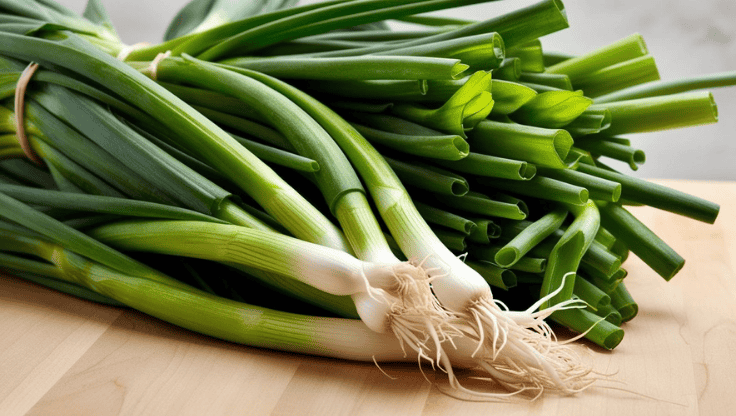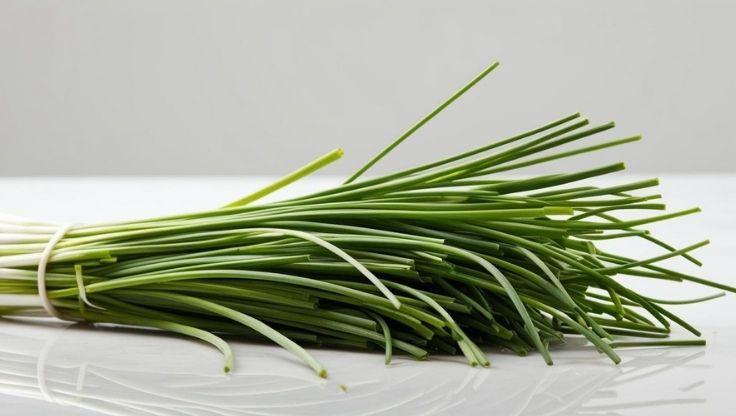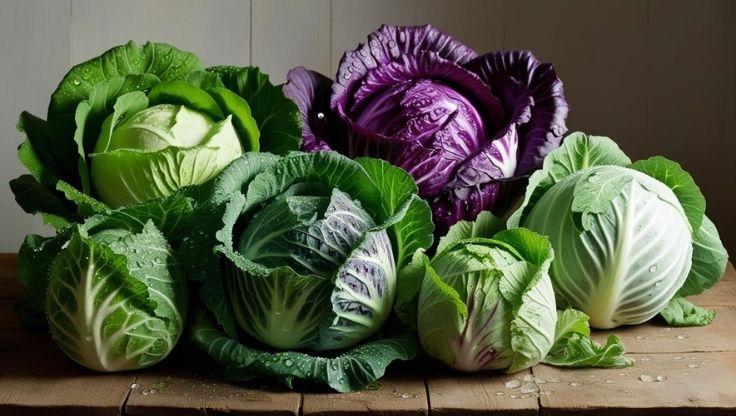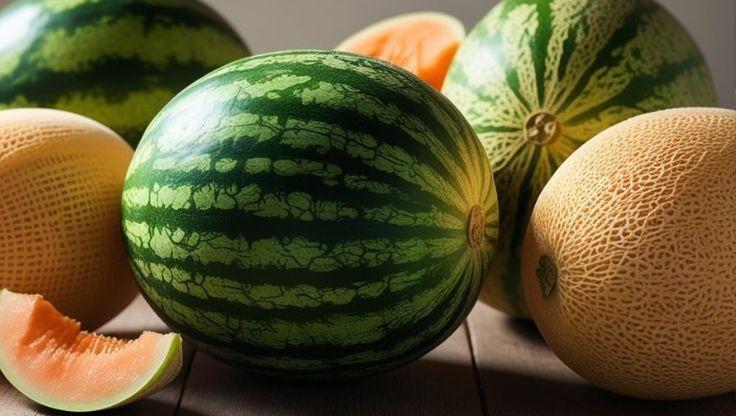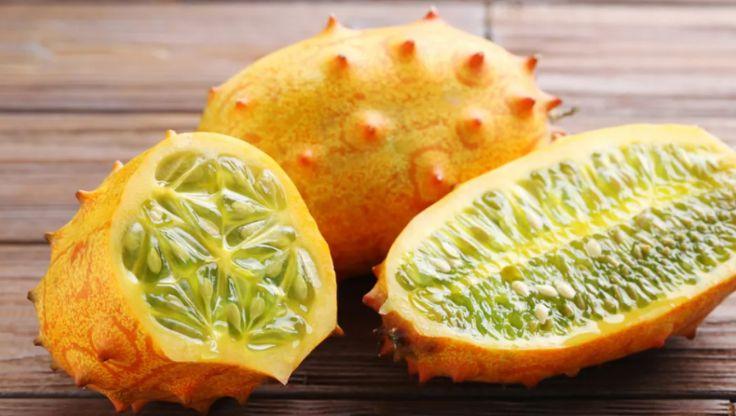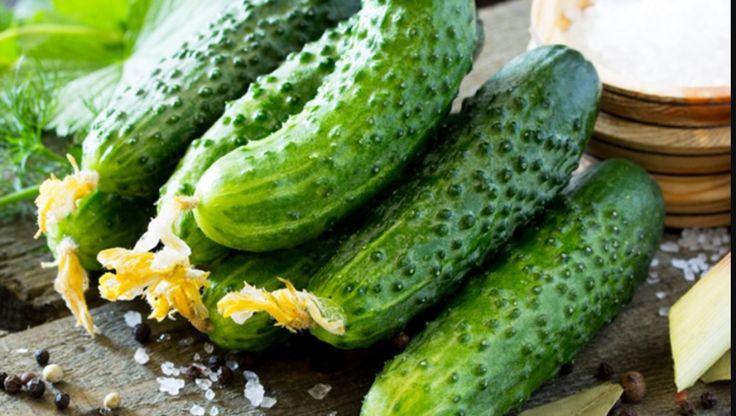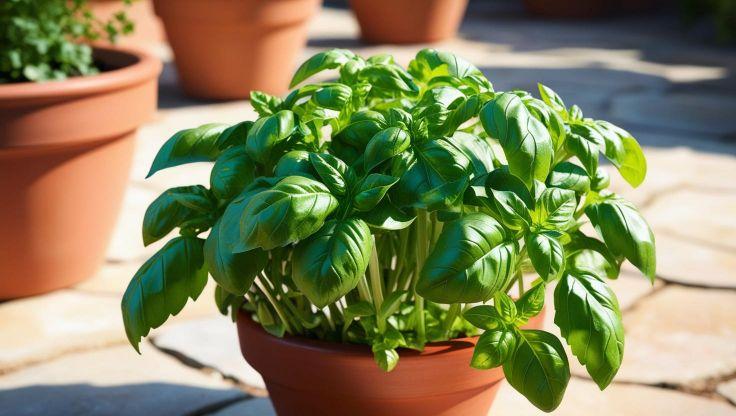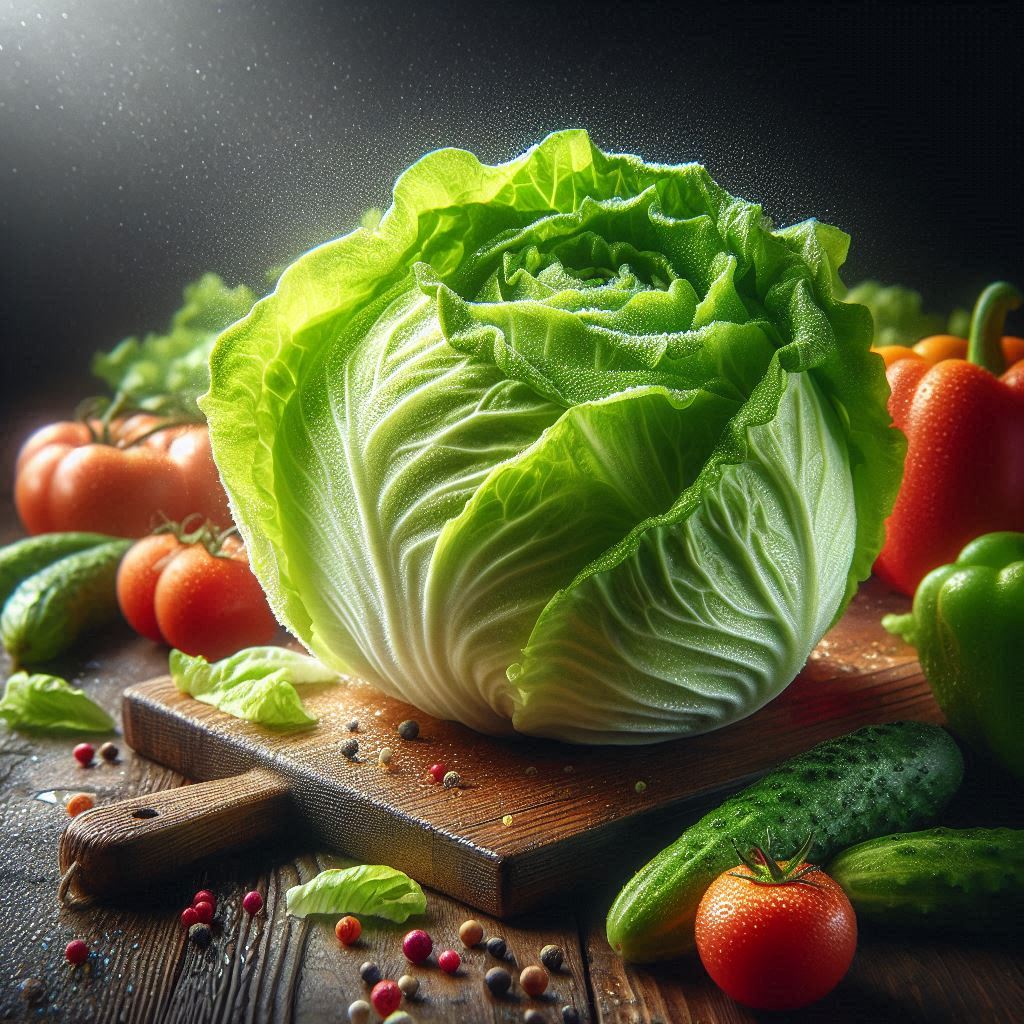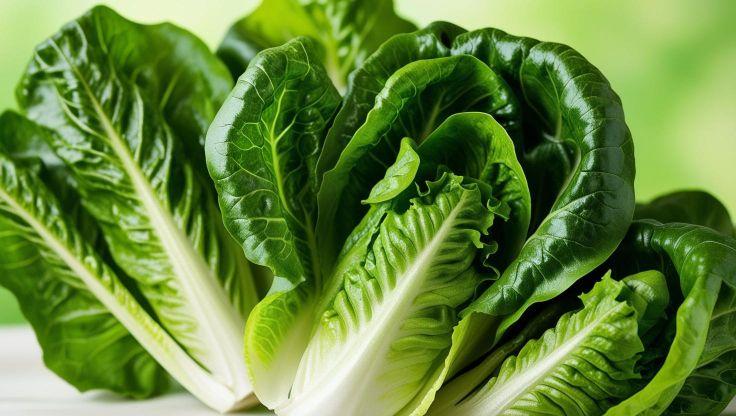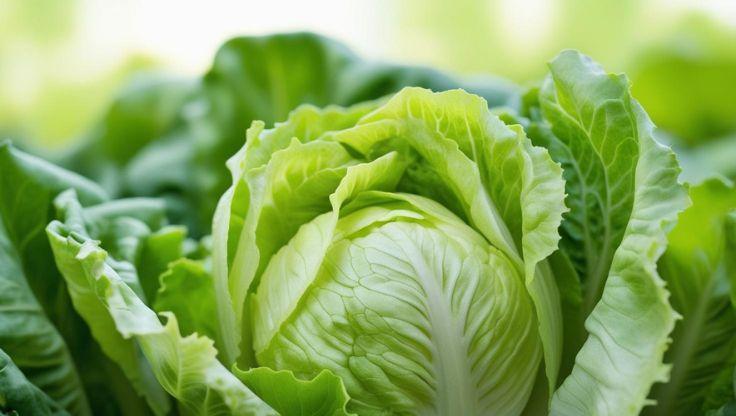Hydroponic Plants: A Complete Guide to Growing Butterhead Lettuce
Butterhead lettuce (Lactuca sativa) is a soft, flavorful hydroponic plants, known for its tender leaves and delicate texture. Growing butterhead lettuce in hydroponic systems provides consistent nutrients, faster growth rates, and minimal pest issues. A hydro garden ensures a controlled environment, reducing water usage while maximizing productivity.

Hydroponic Growing Conditions
Ideal pH and EC Levels
- pH: 5.5–6.5 for effective nutrient absorption.
- EC Level: 0.8–1.2 mS/cm supports steady growth.
Light, Temperature, and Humidity Requirements
- Light: 12–14 hours daily exposure using LED or fluorescent grow lights.
- Temperature: 15–22°C (59–72°F) for optimal leaf formation.
- Humidity: 60–75% to promote hydration and prevent wilting.
Best Hydroponic Systems for Butterhead Lettuce
- Deep Water Culture (DWC): Supports consistent hydration.
- Nutrient Film Technique (NFT): Ensures continuous nutrient availability.
- Aeroponics: Enhances oxygenation, improving leaf quality.
Nutrient Solutions and Water Management
- Maintaining balanced EC levels ensures robust growth.
- Regular water circulation eliminates microbial buildup.
- Monitoring pH levels prevents nutrient imbalances.
Detailed Nutrient Formulation
- Early Growth: Nitrogen (N)-rich solutions foster leafy expansion.
- Maturity Stage: Balanced phosphorus (P) and potassium (K) improve firmness and flavor.
- Micronutrients: Calcium (Ca) strengthens cell walls, magnesium (Mg) boosts chlorophyll production.
Seed to Harvest Process
From seed to seedling, butterhead lettuce germinates in 7–10 days under stable moisture levels. After transplanting, it matures within 30–45 days, making it a fast-growing hydroponic herb for consistent harvests. Each growing hole typically contains 2–3 seeds for optimal spacing. Popular butterhead lettuce varieties include Bibb Lettuce and Boston Lettuce, recognized for their soft texture and rich flavor.
Uses and Benefits
Culinary Applications
Butterhead lettuce is ideal for fresh salads, wraps, and sandwiches. Popular uses include:
- Delicate salads with light vinaigrettes.
- Lettuce wraps for a low-carb alternative.
- Garnishes for gourmet burgers and tacos.
Health Benefits
Butterhead lettuce contains fiber, vitamins A and K, and antioxidants that support digestion and hydration. Growing hydroponic plants ensures cleaner, pesticide-free lettuce with improved nutritional value.
Sustainability Advantages
Using hydro gardens enhances water efficiency, eliminates soil depletion, and promotes consistent crop production.
Challenges and Solutions
Common Pests and Diseases
Hydroponic butterhead lettuce is resilient, but possible challenges include:
- Leaf Aphids: Managed with organic repellents.
- Fungal Growth: Prevented with proper airflow.
- Root Rot: Controlled with oxygen-rich water management.
Growth Issues and Environmental Stress
To ensure thriving hydroponic plants, growers should:
- Maintain stable temperatures to prevent slowed growth.
- Provide adequate spacing for airflow.
- Monitor nutrient levels to avoid deficiencies
Research for expert insights
Enhance your understanding with these insightful and well-documented expert resources.
|
Company/Institution |
Article Title |
Article Link |
|---|---|---|
|
Kansas State University |
Comparison of Hydroponic Butterhead Lettuce Grown in Reject Water from a Reverse Osmosis System, Municipal Water, and Purified Water |
|
|
Cornell University |
Ten Years of Hydroponic Lettuce Research |
|
|
Agricultural University of Athens |
Comparative Assessment of Hydroponic Lettuce Production Either under Artificial Lighting, or in a Mediterranean Greenhouse during Wintertime |
A comprehensive breakdown of key points ensures their work is a reliable resource for readers striving to learn more.


